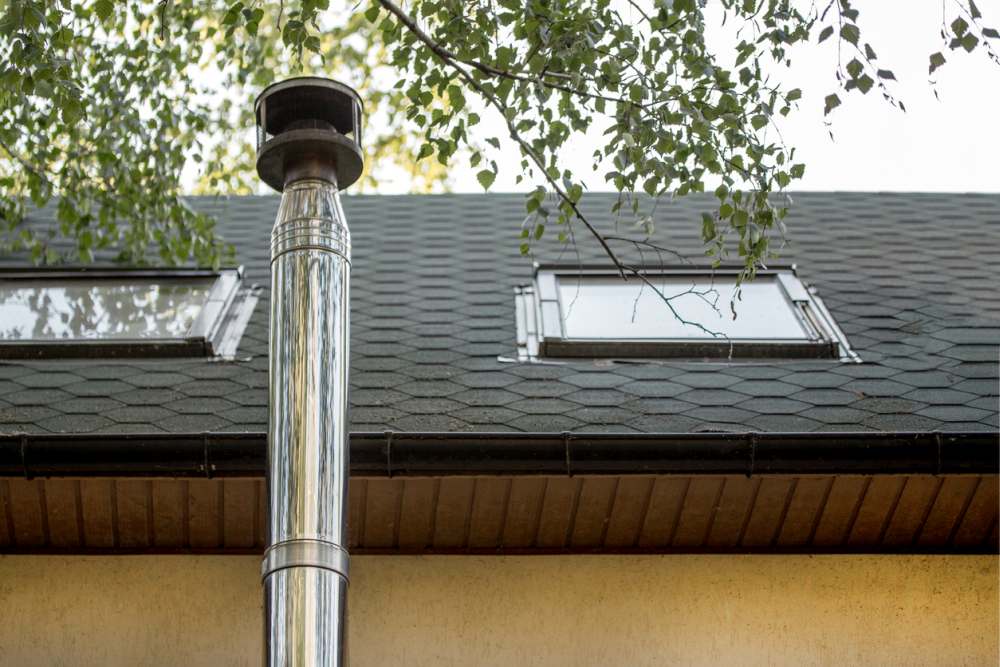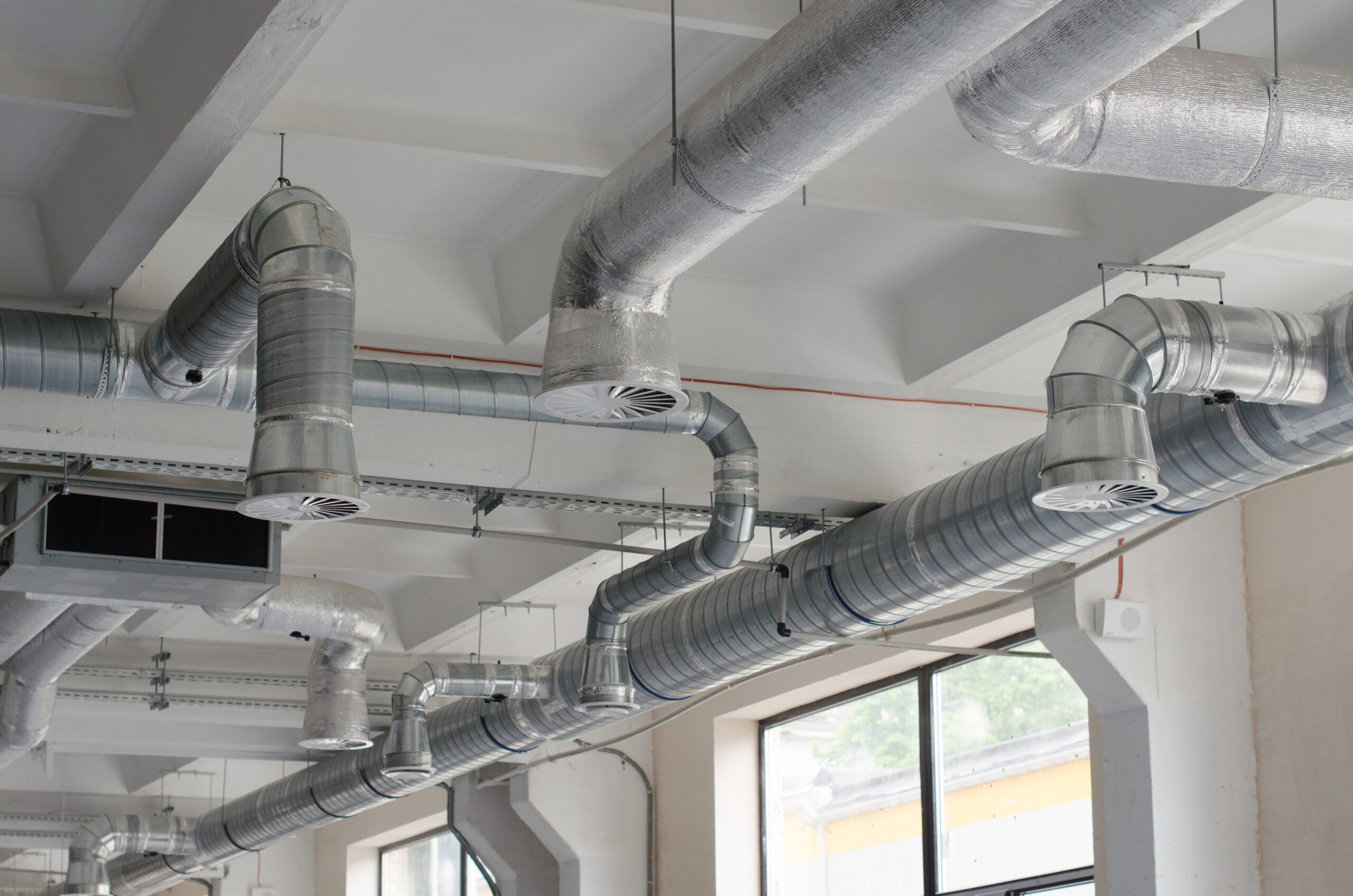Everyone has their own thinking on the subject of What Are Plumbing Vents and Why Are They Important?.

Correct ventilation in pipes systems is usually neglected, yet it is crucial for preserving the capability and security of your home's pipes. Air flow helps control atmospheric pressure, avoid the accumulation of unsafe gases, and guarantee the reliable elimination of waste. In this guide, we will check out the relevance of correct pipes air flow, just how it works, and the benefits it brings to your plumbing system.
Understanding Ventilation in Plumbing
Ventilation in plumbing describes the network of pipes that permit air to move through the drain system. These vents offer several functions, including regulating air pressure within the pipelines, preventing drain gases from entering the home, and assisting in the smooth circulation of wastewater.
How Air Flow Functions in Plumbing Equipments
Air Pressure Regulation
Correct ventilation keeps balanced atmospheric pressure within the plumbing system. When water moves via pipes, it displaces air. Without ample ventilation, this variation can create adverse pressure, bring about slow drains or siphoning of water from catches, which can create undesirable odors to seep right into the home.
Protecting Against Sewage System Gas Accumulation
One of one of the most critical features of pipes vents is to stop drain gases, such as methane and hydrogen sulfide, from gathering within the home. These gases can position major health threats and are very flammable. Vent pipes permit these gases to run away securely outside.
Assisting in Waste Elimination
Ventilation helps in the efficient elimination of wastewater by avoiding airlocks in the water drainage system. When air can flow easily through the vents, it allows water and waste to flow efficiently via the pipes, lowering the risk of blockages and back-ups.
Sorts Of Plumbing Vents
Main Heap Vent
The major pile vent, likewise referred to as the air vent pile, is the primary vent in a plumbing system. It prolongs from the primary drainpipe align via the roof, allowing gases to leave and fresh air to enter the system.
Branch Vent
Branch vents link to the primary stack vent and offer specific components, such as sinks, commodes, and showers. These vents ensure that each fixture has sufficient air flow to work appropriately.
Air Admission Shutoff (AAV).
An Air Admittance Valve (AAV) is a one-way shutoff that allows air to go into the pipes system without the need for a typical air vent pipe extending with the roof. AAVs are typically utilized in improvements or locations where mounting a basic vent is impractical.
Signs of Poor Ventilation in Pipes.
Slow Draining Fixtures.
If your sinks, bathtubs, or bathrooms are draining slowly, it could be an indicator of inadequate air flow. Insufficient air flow can develop a vacuum cleaner impact, making it difficult for water to drain appropriately.
Gurgling Appears.
Gurgling audios originating from drains pipes are commonly an outcome of air being sucked through water catches due to adverse pressure in the pipes. This is a clear indicator of not enough ventilation.
Undesirable Odors.
Sewage system odors inside your home are a warning that your plumbing system is not effectively ventilated. This might mean that drain gases are not being sufficiently aired vent outside, resulting in possibly unsafe conditions.
Typical Air Flow Blunders.
Inadequate Vent Sizing.
Using undersized air vent pipelines can cause bad air flow and pressure inequalities in the system. It's vital to utilize vents that satisfy the specific needs of your pipes system.
Improper Vent Positioning.
Putting vents too far from the fixtures they serve can minimize their performance. Appropriate positioning ensures that air can move freely and effectively through the system.
Ignoring Code Demands.
Building ordinance provide particular guidelines for pipes air flow. Overlooking these codes can cause a system that stops working to work correctly and might cause expensive repair work or carcinogen.
Advantages of Correct Air Flow.
Boosted System Performance.
Appropriately ventilated pipes systems run much more efficiently, with less clogs, faster draining pipes, and less pressure on the pipes. This efficiency prolongs the lifespan of the pipes system.
Improved Air Quality.
By protecting against sewer gases from entering your home, appropriate ventilation adds to far better indoor air high quality, making your living setting healthier and much more comfy.
Preventing Water Damages.
Sufficient air flow helps protect against water from being siphoned out of traps, which can bring about drain gases going into the home and triggering water damage in time.
Steps to Guarantee Proper Ventilation.
Consulting Plumbing Codes.
Constantly consult regional plumbing codes when designing or customizing your plumbing system. These codes offer the required guidelines for proper airing vent and ensure your system satisfies safety criteria.
Routine Evaluation and Upkeep.
Regular inspections can assist identify prospective air flow problems prior to they come to be major troubles. Maintenance tasks, such as cleansing air vent pipelines and checking for clogs, are vital for keeping the system in good working order.
Expert Installment.
For new installations or major adjustments, it's smart to work with a professional plumbing professional. They have the competence to make sure the air flow system is appropriately created and mounted according to code.
Verdict.
Appropriate ventilation is an important element of any type of plumbing system, ensuring that it operates effectively and safely. By understanding the relevance of ventilation, identifying the indications of poor air flow, and taking steps to maintain your system, you can protect against expensive issues and secure your home's air quality.
4 Things You Should Know About Your Plumbing Vents
What Plumbing Vents Are
Also called a vent stack, a plumbing vent is a vertical pipe attached to your drain line that runs through your roof. The plumbing vent pipe, or plumbing air vent, removes gas and odors from your plumbing system and allows fresh air to enter the pipes, helping the water to flow out of the drain pipes.
What Plumbing Vents Do
Plumbing vents have two basic functions. One of which is to allow unpleasant smelling wastewater and sewer gasses to escape your plumbing system instead of entering your home. Plumbing vent pipes are typically located on roofs, away from windows, to ensure the fumes exit the home completely.
The other function of the plumbing vent is to move fresh air into your plumbing system. This helps move water through every plumbing fixture in your house, like toilets and sink drains. Think of the way in which you need to let a little air into the bottle as you pour soda in order to make the drink flow smoothly.
Different Types of Plumbing Vents
True vent: This is the most common vent option. In simplest terms, a true vent is a vertical pipe attached to your drain line that exits through the roof. They often function as the main vent that other fixtures can connect to. Re-vent pipe or auxiliary vent: Attached to the drain line near specific plumbing fixtures, re-vent pipes run up and over to connect to the main vent. Common vent: Two plumbing fixtures installed on opposite sides of a wall are typically tied into the vent stack using something known as a sanitary cross. Wet vent: This venting option operates as a drain pipe and a vent at the same time. Wet vent drainage systems drain water from one fixture while venting the air from another. Although they’ve been used for over 100 years, wet vent systems have only recently been added to the plumbing code in many areas. If you’re planning on installing one in a bathroom remodel, make sure you check your local code prior to construction. Loop vent: For free-standing fixtures like kitchen island sinks, loop vents are ideal. These vent pipes run under the floor, rise from the P-trap, and create a loop inside the cabinet sink. Air admittance valve: An AAV is a one-way mechanical valve typically installed at the site of the plumbing fixture. AAVs allow venting to occur without having to tie into a larger venting system. They’re ideal for venting fixtures where you aren’t able to easily connect to an existing vent system. Common Plumbing Vent Issues
Although vent pipes typically don’t have water flowing through them, they’re still subject to many typical plumbing issues. For example, clogs are one of the most common problems associated with sewer vent pipes. If your vent pipe gets clogged, all of your plumbing fixtures tied into the vent stack will be affected.
A sink with a slow drain that bubbles and gurgles or a strong sewage smell around your toilet are both indicators that your toilet vent pipe is clogged. Because most vent pipes exit through the roof, old leaves, twigs or even a bird’s nest could be clogging the pipe.
Clogs in your vent pipe system cause a buildup of negative pressure, meaning that water won’t be able to flow out of your home very well. It’s similar to putting your finger over the opening of a straw to trap water inside. When you remove your finger, the water is able to flow out of the straw.
If you suspect you have any blockage in your vent, make sure you have a professional come examine the situation. Left unchecked, a blocked air vent can lead to other costly repairs, like leaks and sediment buildup.
Under Pressure
Pipe vents are essential aspects of a home’s plumbing system. Owning a home means learning about all sorts of things you never put much thought into before. But by understanding as much as you can about the important systems of your home, you can keep those budgets intact and those anxiety levels low.
https://www.homeserve.com/en-us/blog/home-improvement/plumbing-vents/

I hope you enjoyed reading our piece on Essential Plumbing Vent Pipes: Understanding Their Role. Thank you so much for taking a few minutes to browse our piece. Do you know another person who is involved in the niche? Do not hesitate to promote it. Thank you for your time. Please check up our blog back soon.
Here